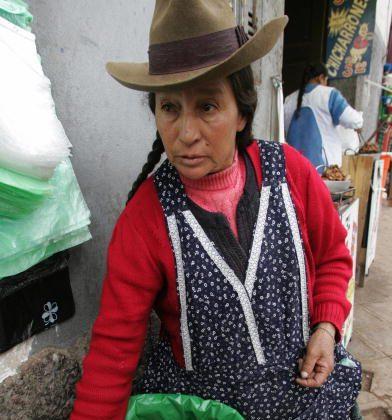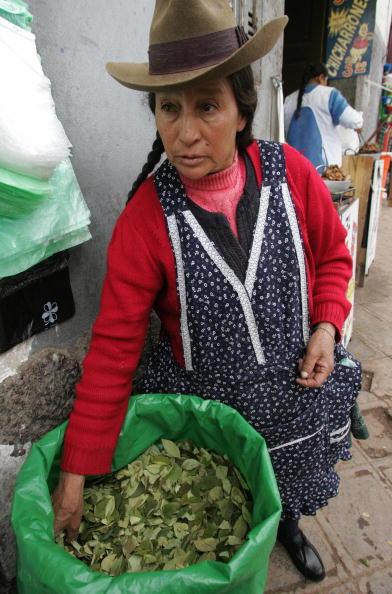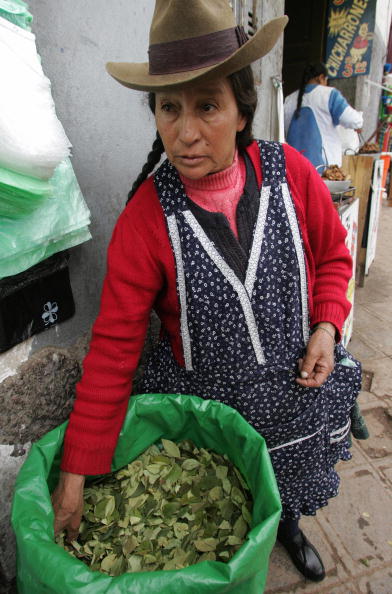Peru is now the second leading producer of coca, the main precursor plant in making cocaine, according to recent figures released by the United Nations Thursday.
The U.N. Office on Drugs and Crime said Peru was the No. 2 producer after Colombia during 2011 in the amount of land dedicated to growing the crop. The land for coca production has increased by around 5.2 percent in Peru from 2010 to 2011.
Peru produced around 131,300 tons of coca leaf in 2011, up 4.3 percent from the previous year, with the vast majority—an estimated 122,300 tons—going to illegal markets. The other 9,000 tons were used for traditional purposes, the figures show.
Coca cultivation increased in 10 of Peru’s 11 growing regions, leading to a 40 percent rise in plantations near the northeast border with Brazil, according to Business Week. The production has risen in order to satisfy the crack and cocaine markets of Brazil and Europe, the two largest markets after the United States.
“Drug traffickers are becoming more efficient,” Flavio Mirella, the U.N. drug agency’s chief in Peru, told the publication. “Traffickers need less coca leaf to produce more cocaine,” he said, adding that cocaine routes have diversified.
Colombia has 41.6 percent of the world’s coca plantations, AFP reported. However, Peru is catching up, with 40.7 percent, while Bolivia has nearly 18 percent.
The Epoch Times publishes in 35 countries and in 19 languages. Subscribe to our e-newsletter.






